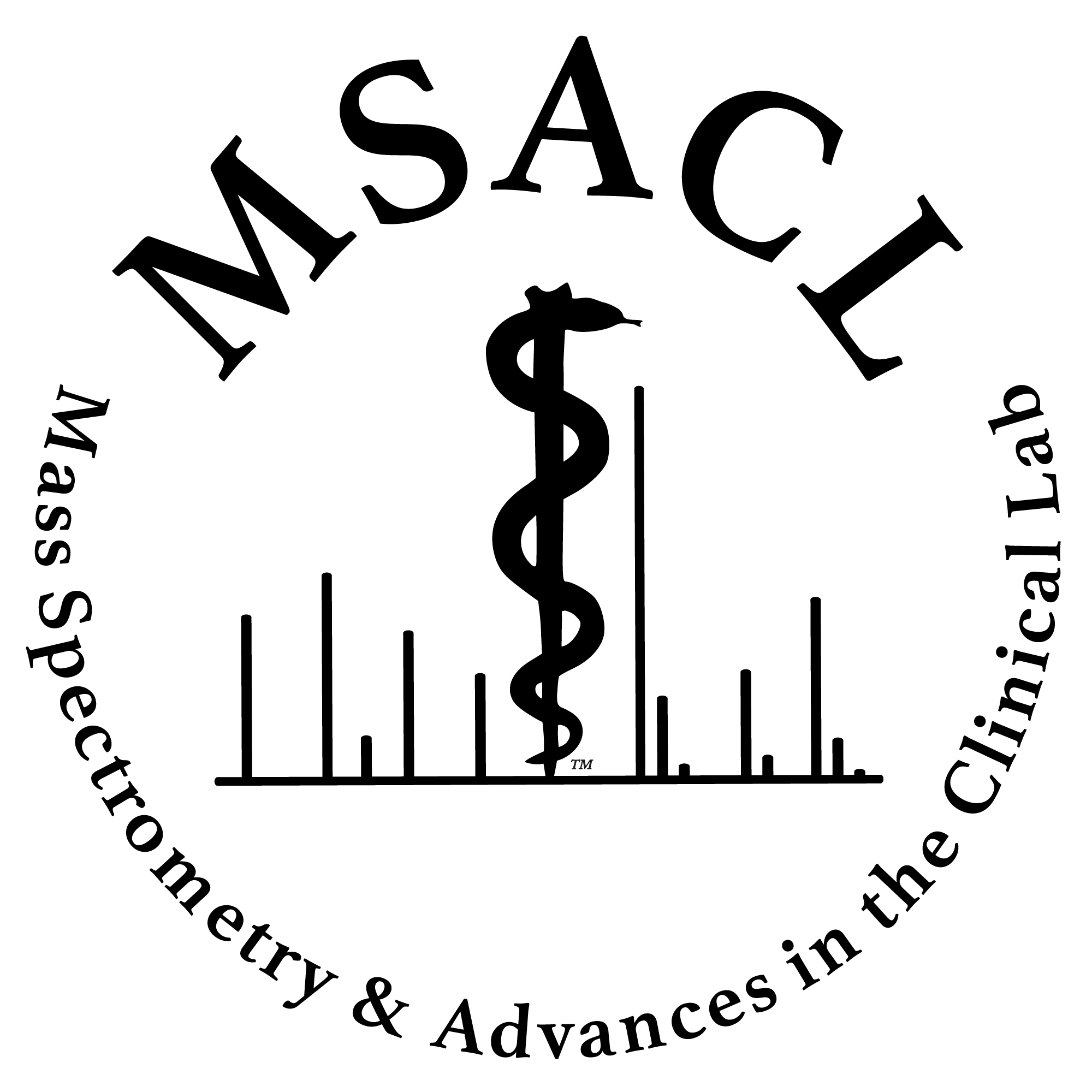|
Abstract INTRODUCTION : Mass spectrometric methods exhibit higher accuracy and lower variability than immunoassays for measuring serum C-peptide. We developed and validated an ultra-performance liquid chromatography-tandem mass spectrometry (UPLC-MS/MS) assay for measuring serurm C-peptide. We analyzed C-peptide in multiple charge [M+3H]3+, because of its large molecular weight, which could not be analyzed by single charge. We also used derivatization step using 6-aminoquinolyl-N-hydroxysuccinimidylcarbamate (AQC, Cayman Chemical, USA) to increase the ionization efficiency.
METHODS : For the pretreatment step, we first performed the solid phase extraction using Sep-Pak tC18 96-well plate, 100 mg solvent per well, 37-55µm particle size (Waters, USA), and then performed the ion exchange solid phase extraction using Oasis MCX 96-well Plate, 30 mg solvent per well, 30µm particle size (Waters, USA), finally we performed the derivatization step using 1 mg/mL AQC (Cayman Chemical, USA).
We used ExionLC UPLC (SCIEX, USA) system. We used Capcell Pak C18 ACR 2.0 mm × 10 mm, 3 μm (OSAKA SODA, Japan) as the Guard Cartridge Column, and we used Capcell Pak C18 ACR, 2.0 mm × 150 mm, 3 μm (OSAKA SODA, Japan) column. The total run time was 50 minutes and flow rate was 0.20 mL/min. The LC condition is as belows; 0.1% Formic acid in water for Mobile phase A and 0.1% Formic acid in Acetonitrile for Mobile phase B. The gradient extraction with 0 minute of A85/B15 to 35 minutes of A70/B30 was performed.
We used SCIEX Triple Quad 6500+ (SCIEX, USA) MS/MS in electrospray ionization and positive ion modes with multiple reaction monitoring transitions and 40 Psi of Curtain Gas, 11 Psi of Collision Gas, 5000 Ion Spray Voltage, 400°C of Temperature, etc. The MS conditions of C-peptide and Internal standard are as belows; Q1 Mass 1064.262 Da, Q3 Mass 171.2 Da, 300 msec of Dwell Time, 71 volts of Deculstering Potential (DP), 10 volts of Exit Potential (EP), 169 volts of Collision Energy (CE), 12 volts of Collision Cell Exit Potential (CXP), and for Internal standard which is D8-Val7,10-C-Peptide (Bachem, Switzerland), Q1 Mass 1069.915 Da, Q3 Mass 171.2 Da, 300 msec of Dwell Time, 76 volts of DP, 10 volts of EP, 159 volts of CE, 16 volts of CXP, respectively.
We evaluated precision, accuracy using NMIJ CRM 6901-C (Wako, Japan), linearity, limit of detection (LOD), limit of quantitation (LOQ), carryover, ion suppression.
RESULTS : The intra- and inter-run precision CVs were less than 7 %, and the accuracy bias values were less than 7 %, which were all acceptable. The verified linear interval was 0.05-15 ng/mL, the LLOQ was 0.05 ng/mL. No significant carryover and ion suppression were observed.
CONCLUSION: The UPLC-MS/MS assay showed acceptable performance for measuring serum C-peptide. We will compare the data using this method with those from immunoassay. Even though this method would be difficult to be introduced as the actual clinical test method because of its long performance time and complex sample treatment method, this might be able to be used in a limited way for the purpose of accurate measurement of serum C-peptide.
|

